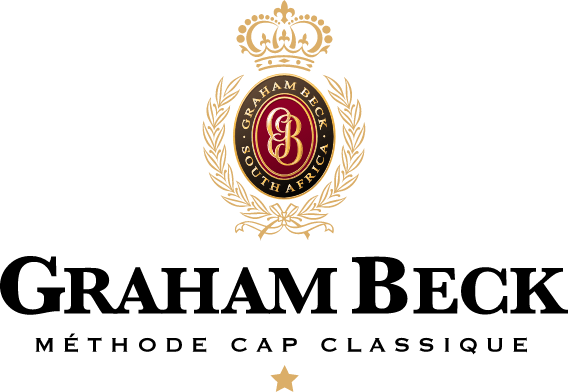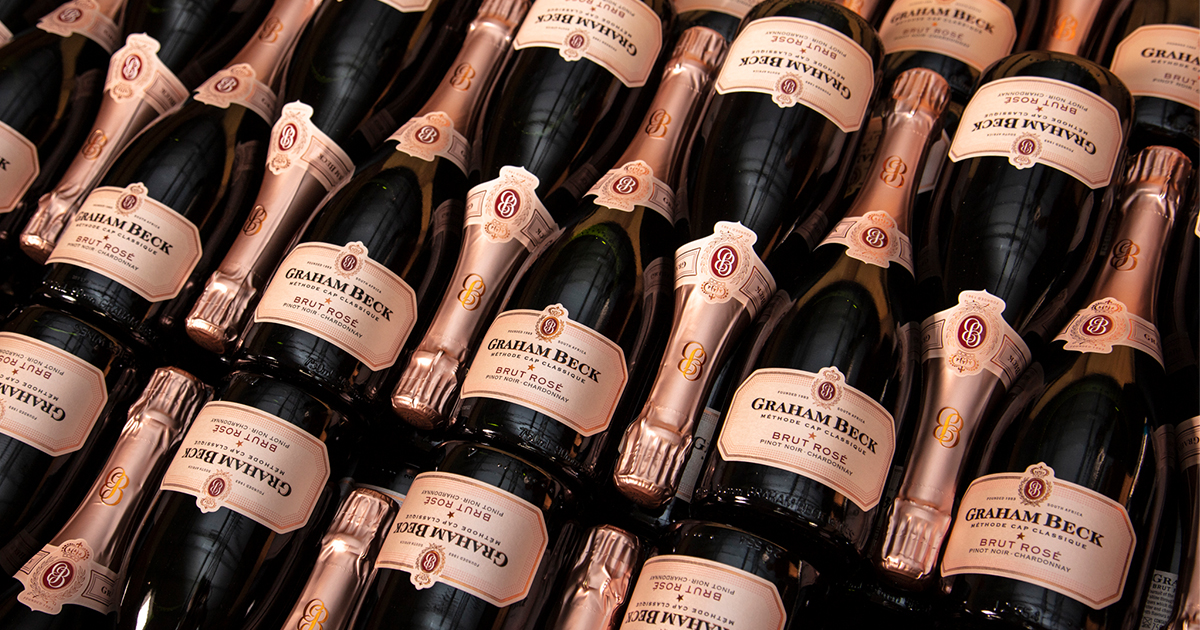
These Under-the-Radar South African Wines Offer Outstanding Value
As Seen In The Wall Street Journal August 2022
By Lettie Teague
“SOUTH AFRICA IS the 8th-largest wine-producing nation on the planet, home to much of the world’s Chenin Blanc and many other varieties, too. Why, then, are South African bottles so often relegated to the back of many American wine stores?
While South Africa has had a long wine-producing history, its growers continue to play a game of global catch-up, nearly three decades post-apartheid. But when you can find them, South African wines can be some of the best deals around.
During the Covid crisis, South African wine producers have had to contend with government restrictions on the production, sales and movement of alcohol. A total ban on sales of alcohol began on March27, 2020, and ended June 1 of that year. Additionally, export of alcohol and transport of alcohol within South Africa were restricted for different periods during that time.
The economic repercussions of those and other bans are still being felt, according to a spokesperson from Wines of South Africa (WoSA).VinPro, a wine-industry lobbying and educational non profit, calculated shutdown-related sales losses incurred by wine producers of 5.7 billion rand (over $340 million), with 400 million rand (over $24million) lost in domestic sales each week wineries were closed. Thebans came on top of worldwide supply-chain issues, including an exponential increase in the cost of shipping and supplies such as bottles and corks.
According to Ken Onish, president of Southern Starz, a HuntingtonBeach, Calif.-based import company specializing in South African wines, even prior to the recent bans and other Covid-related challenges a perception problem plagued the country’s wines among U.S. wine drinkers. When Mr. Onish began importing wine from South Africa in 1994, the country’s government had just shifted from a national party that supported apartheid to a democratic one. South Africa’s deeply racist past wasn’t readily forgotten. On top of that, many South African wines were, Mr. Onish said, “just miserable.” It wasn’t until around 2010 that the overall quality of wines coming out of South Africa greatly improved, he explained.
Among all the indifferent mass-produced South African bottlings of the 1990s and early aughts there were bright spots, such as Thelema Chardonnay and Mulder bosch Sauvignon Blanc. Both wines were imported by New York City-based Cape Classics, another South African wine specialist founded around the same time as Southern Starz.
Cape Classics CEO Robert Bradshaw noted recent challenges in selling South African wines, particularly during the nation’s Covid-prompted prohibition. Yet Mr. Bradshaw also sounded an optimistic note. “Our distribution is better than it ever has been,” he said. “Consumer acceptance has been amazing.”
I shared my experience of shopping for South African wines near my home in New Jersey: the back-of-store placement, the relative paucity of options. “At the end of the day we have a small selection in a store. You’re a little guy in a big pond, and our stack of wines is going to be behind Josh Cabernet,” Mr. Bradshaw replied, comparing South African wines to a mass-market California brand.
In only one store, Gary’s Wine & Marketplace in Wayne, N.J., did I find South African wines shelved near the front of the store and other NewWorld wines. There was no South African section at my local TotalWine & More store. South African reds were readily lost among a wealth of Argentine options; a lonely few South African Sauvignon Blancs stood in the shadow of the many options from New Zealand.
However problematic retail stores may be for South African vintners, restaurants remain an even more elusive venue, said Mr. Onish. He believes sommeliers are the real key to making South African wines more prestigious and sought after, yet he finds it difficult to get a single wine-list placement.
Alexander Milner of Natte Valleij Winery, on the slopes of the Simonsberg mountains outside Stellenbosch, in SouthAfrica’s Western Cape, is one small producer who has found success in the export market by making small amounts of Cinsault in a style favored by many sommeliers today. His 2019 Natte Valleij Cinsault ($13) is a charmingly lithe, relatively low-alcohol (13%)red with delightful notes of red cherry and spice.
While focusing on a rather obscure variety such as Cinsault has, Mr.Milner acknowledged, presented challenges, he also produces Chenin Blanc, South Africa’s most-planted grape and varietal calling card. The country is the second most important producer of Chenin after France’s Loire Valley, and South African wines made from Chenin Blanc, Sauvignon Blanc and Chardonnay are more popular in the export market than its reds.
I have always found South Africa’s white wines to be more reliably good than its reds. And while the half-dozen reds I purchased for this column were better than what I’ve found in decades past, they revealed that South Africa still has further to go when it comes to its reds. The Natte Valleij Cinsault and the pleasant 2018 Meerlust Redfrom Stellenbosch ($18) were notable exceptions.
I was far more impressed with the South African white wines I tasted, not a single one priced over $20. Some prices were ridiculously reasonable—for instance, the $13 I paid for the 2020 David Finlayson Chardonnay, produced by the superstar winemaker of the same name. The single best Chardonnay I bought, it struck an ideal balance of richly textured fruit and bright acidity.
I found several very good Chenin Blancs, too, including the excellent and wonderfully minerally 2021 Terre Brûlée Chenin Blanc ($14), fromLoire Valley-based superstars Tania and Vincent Carême, who also make wine in South Africa. A strong runner-up was the bright and slightly more tropical 2020 Kloof Street Old Vine Chenin Blanc ($17), from the Swartland-based Mullineux family, another small estate.
My tasting revealed Sauvignon Blanc to be another grape South African vintners grow well. Highlights included the lively, herbaceous 2021 Spier 1692 Seaward Cape Town Sauvignon Blanc ($17), the juicy but polished 2020 Paul Cluver Elgin Sauvignon Blanc ($15) and the bright, citrus-toned 2020 Mulder bosch Sauvignon Blanc ($17).My final favorite was a Champagne-method wine from a Western Cape sparkling specialist: the Graham Beck Cap Classique Brut Rosé ($18). It’s a lush and fruity delight, delicious with food and all by itself.
All of these wines are worth seeking out—even if it means walking all the way to the back of the store.”
“5. Graham Beck Cap Classique Brut Rosé,$18. The best-known sparkling wine producer in South Africa, Graham Beck, turns out this fruity and fresh Pinot Noir-based bubbly. It’s not complex, but it’s hugely, compulsively drinkable, as an aperitif or a partner to food.”

